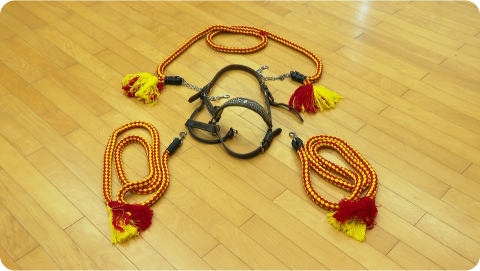Costumes
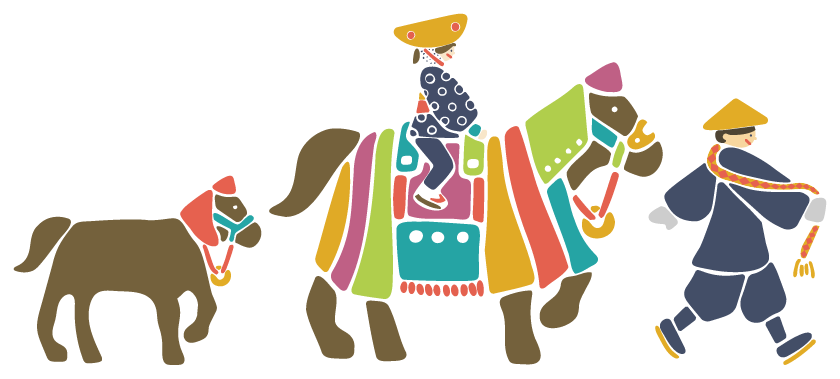
About Each Part
Adorned in vibrant attire and marching to the sound of bells–Chagu Chagu Umakko. It’s said that each horse wears over 700 bells. During the mid-Edo period, as pilgrimages became popular, a culture of dressing up one’s horses emerged, and the crafting of these outfits varies from household to household, passed down through generations. Currently, costume making workshops held during the winter, when agricultural work is typically calmer.
The costumes of Chagu Chagu Umakko are completely handcrafted throughout the entire production process, and utilize high-quality linen, indigo and plant-based dyes. Linen is known for its lustrous texture, resistance to clinging, durability, and longevity, which have led to its use being passed down through generations. Each household meticulously selects colors and intricately crafts the costumes over time, preserving the tradition of handmade craftsmanship. Chagu Chagu Umakko is indeed a festival of handmade artistry.

Mimibukuro (Ear Covers)
Serve to prevent insects from entering, and since horses are sensitive to sound, they also help prevent them from being startled by loud noises.
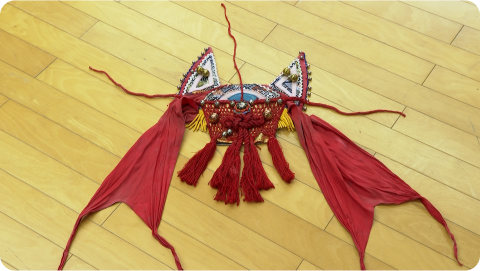
Kura (Saddle)
Where various costume pieces are securely tied together. Once positioned, they are firmly set with a waistband.
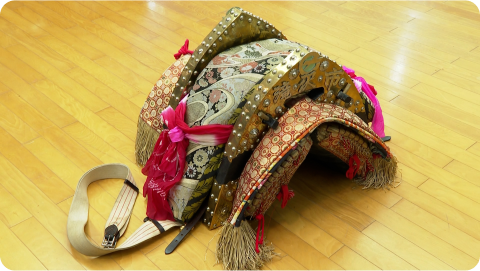
Ohasami (Tail Strap)
Prevents the saddle from sliding forward on downhill slopes.

Yuiage (Tying Cloth)
Wrapped around the abdomen and tied on the back, serving as insect repellent.
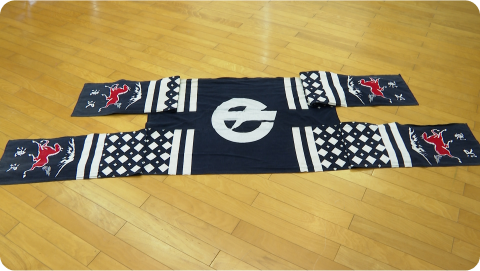
Kazari-Obi (Ornamental Sash)
Attached to the front and back of the saddle to add decorative color. The heko-obi attached to the saddle serves as a substitute for stirrups when a child rides and is used to secure the saddle pad.
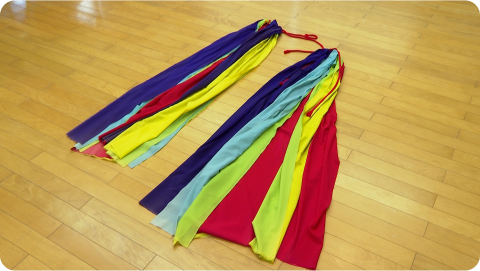
Kusazuri (Side Tassets)
Attached underneath the saddle, on the left and right sides, and is considered a substitute for where the stirrups would be.
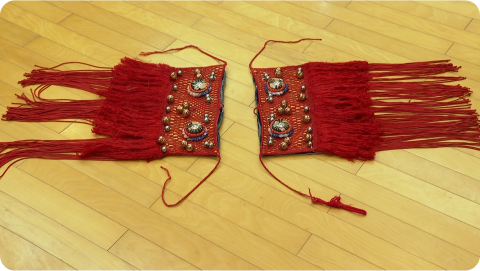
Munagai (Front Tassets)
Prevents the saddle from slipping backward on uphill slopes.

Shirigai (Rear Tassets)
Woven using a technique called mitsu-yori, in which three strands of linen are used, with two strands threaded through in sequence.

Manju (Studs)
Taking the shape of a chrysanthemum, it’s said to serve as protection from arrows, which is why the Chagu Chagu Umakko costumes are actually also considered armor in their own right.
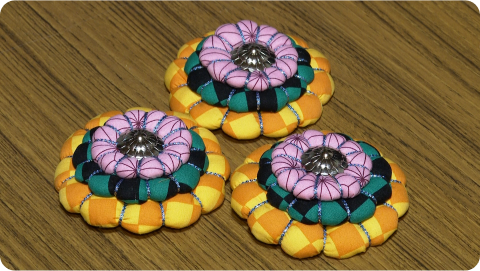
Kubiyoroi (Neck Armor)
Armor that protects the horse’s neck.

Nariwa (Bell Collar)
Suspended under the neck, it’s said to ward off beasts. “Chagu Chagu” represents the harmonious sounds created by the nariwa together with the bells attached to the costumes.
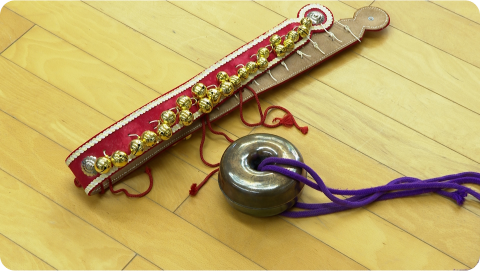
Hanakakushi (Faceguard)
Considered armor to protect the horse’s face, it often features inscriptions such as the owner’s name, etc.
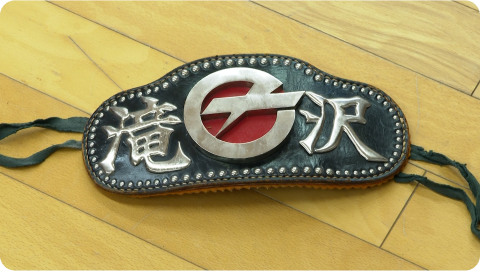
Tazuna (Reins)
Attached on both sides for the rider’s control, they are used to guide the horse. Reins for the rider are also worn as ornaments.
